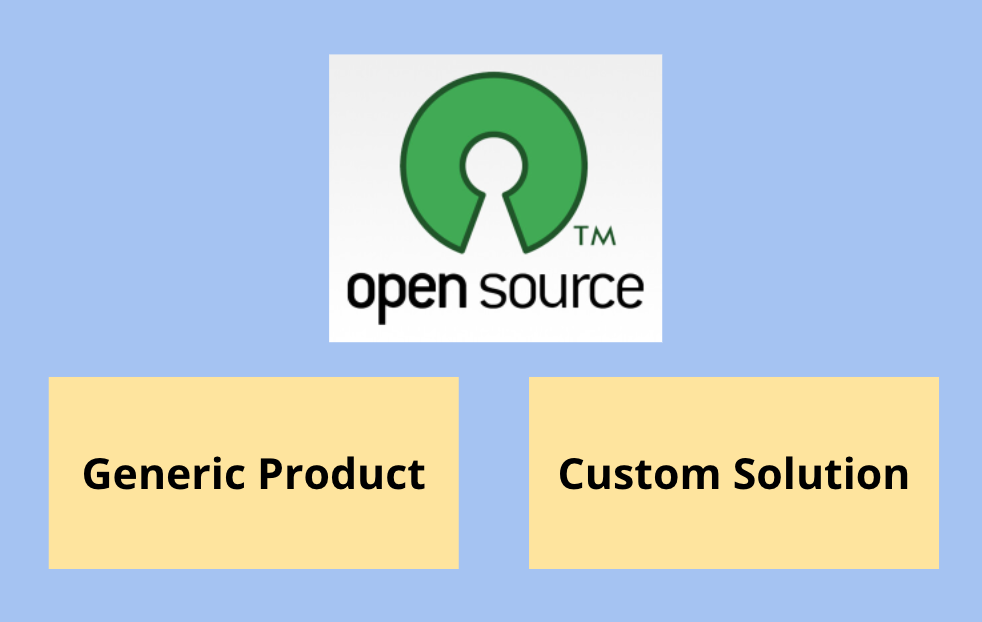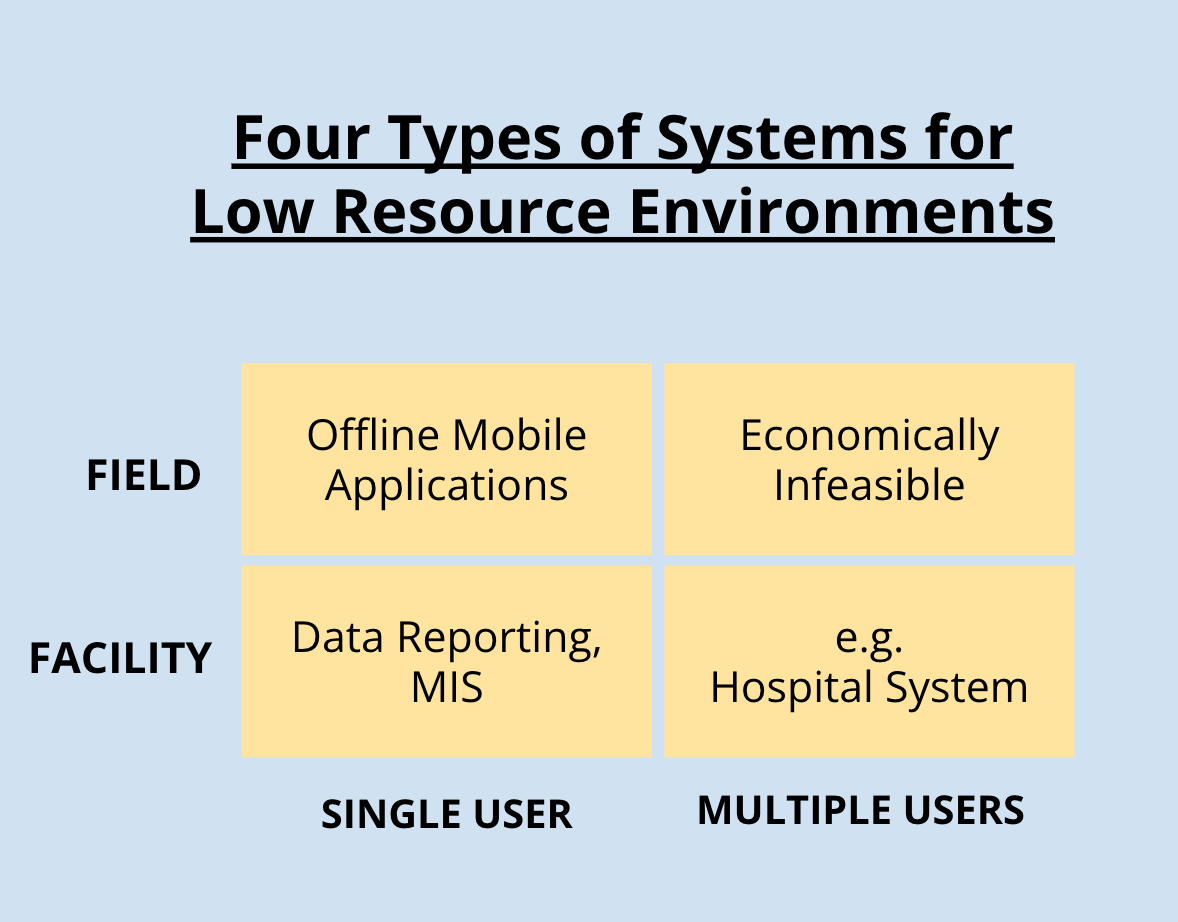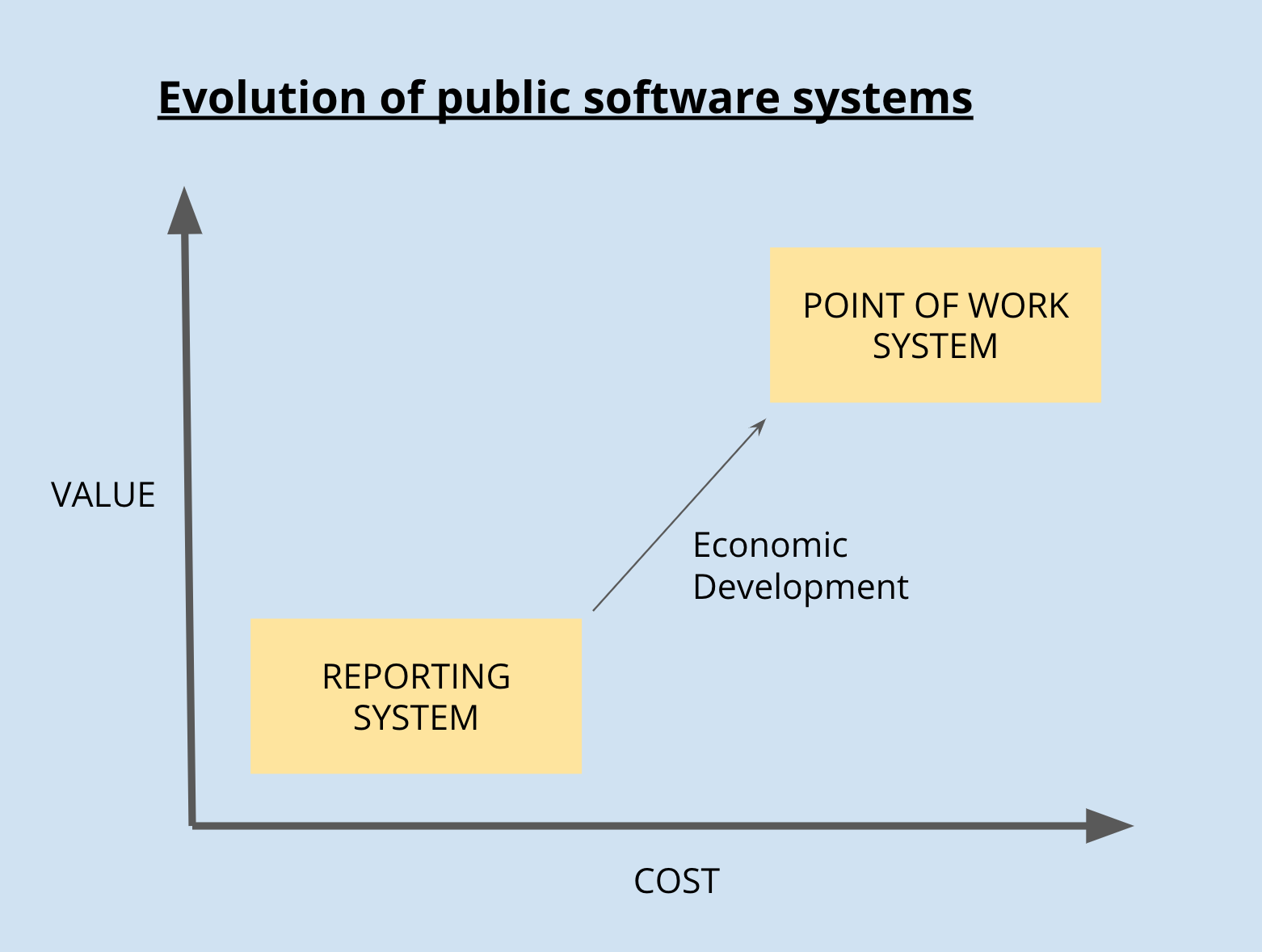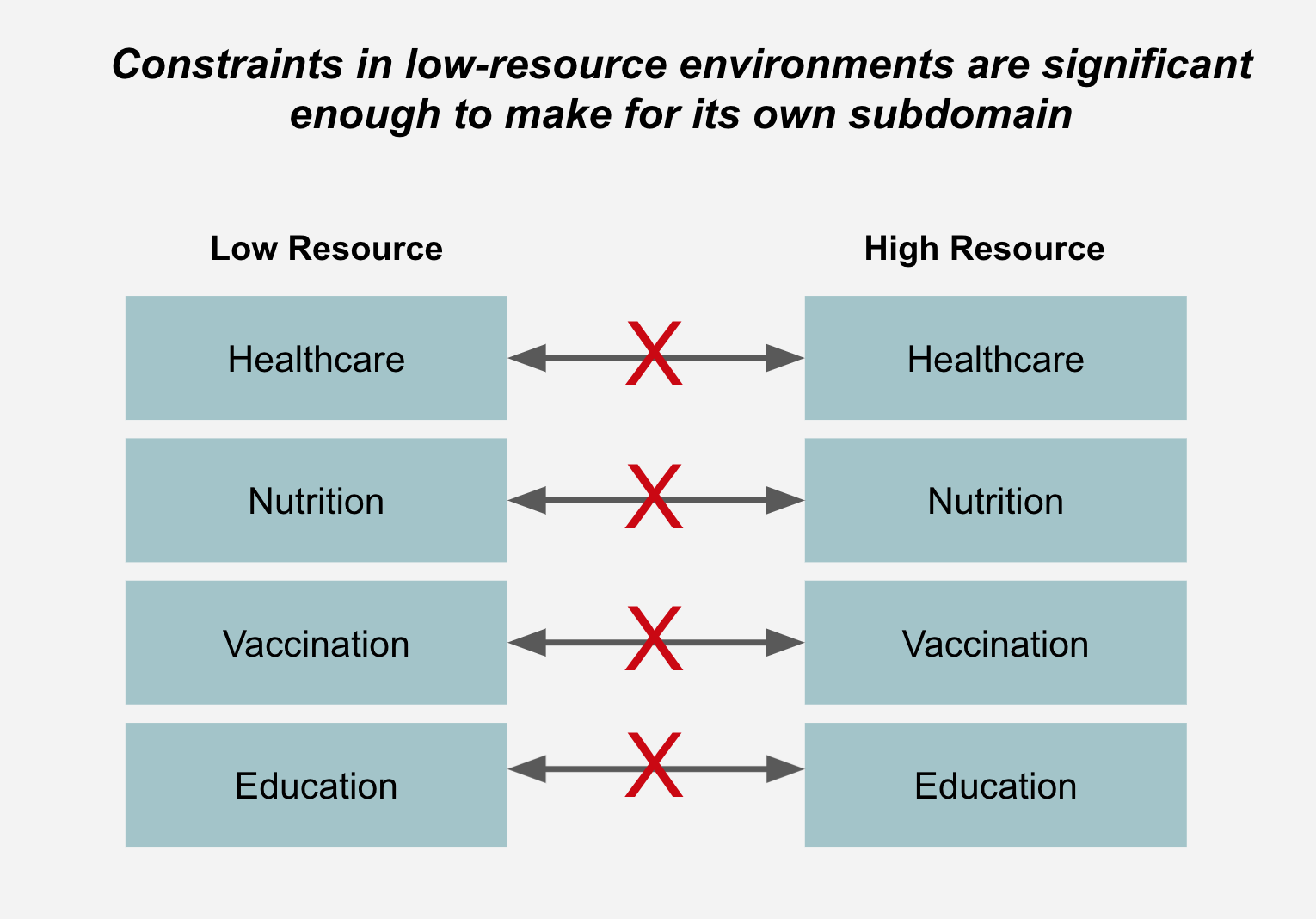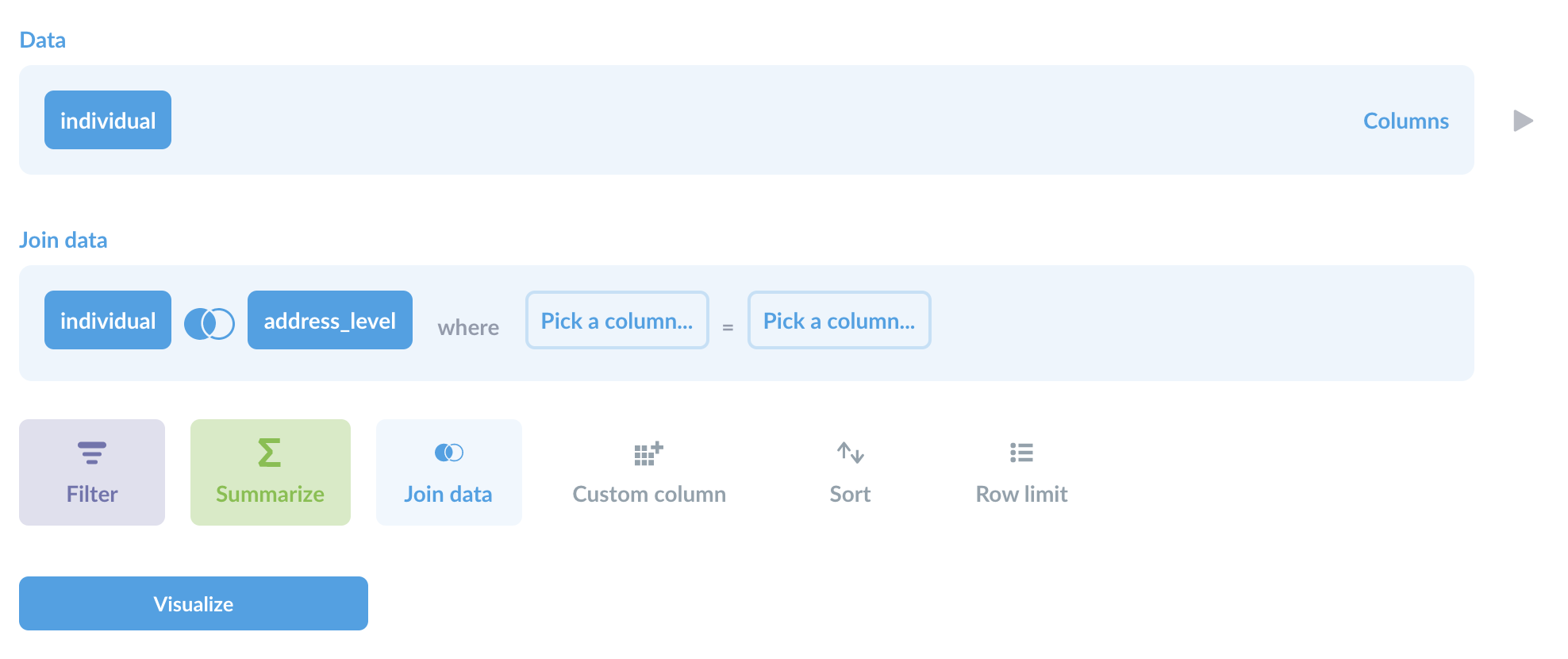A knowledgebase for leaders in nonprofit organisations, on issues related to software technology and its use in community programs. It is based on our experience of working in many such community programs for dozens of organisations over years.
Shared software team is quite a useful software delivery organisation model when the size of the projects are small. Shared teams are quite prevalent, but the downsides and tradeoffs are not well understood. Lack of awareness of these downsides can make the experience of the software teams as well as that of customers quite frustrating, unpleasant and failure even. Customers may even believe that their software team is not capable while the issues often are inherent to the model itself.
Based on our experience of having gone through security testing of multiple open source projects - we are sharing how one can plan and prepare for it.
Integrating multiple products offers a sustainable approach by not creating more software hence requiring more engineers and resources
Generic software solutions have very large codebases compared to custom solutions. Nonprofit organizations must factor in this when taking over ownership of such products.
A simple technology idea to bring the communities voice into social programs. A hyperlink in the physical world.
Short note on Gunak software system used in health programs for improving the quality of health services and facilities at public hospitals and clinics
We often discover that PWAs and cloud-based solutions, though applicable sometimes, but are often wrongly applied to low-resource setups. Hence, we attempt to develop a simple thumb rule for choosing deployment architecture for low-resource environments - with their tradeoffs.
In a reporting software system (unlike point of work), the users don't use it when they are providing services to their clients (citizens). They use them later on, periodically, to report data about their work. Intuitively we like the point of work system, but it is the reporting systems that have dominated.
This is the main underlying cause behind many poorly designed software. The low resource constraints require learning it as a cross-cutting domain.
Affordable technology is available, but there are other issues to be tackled to allow for in-house data analysis in nonprofits



